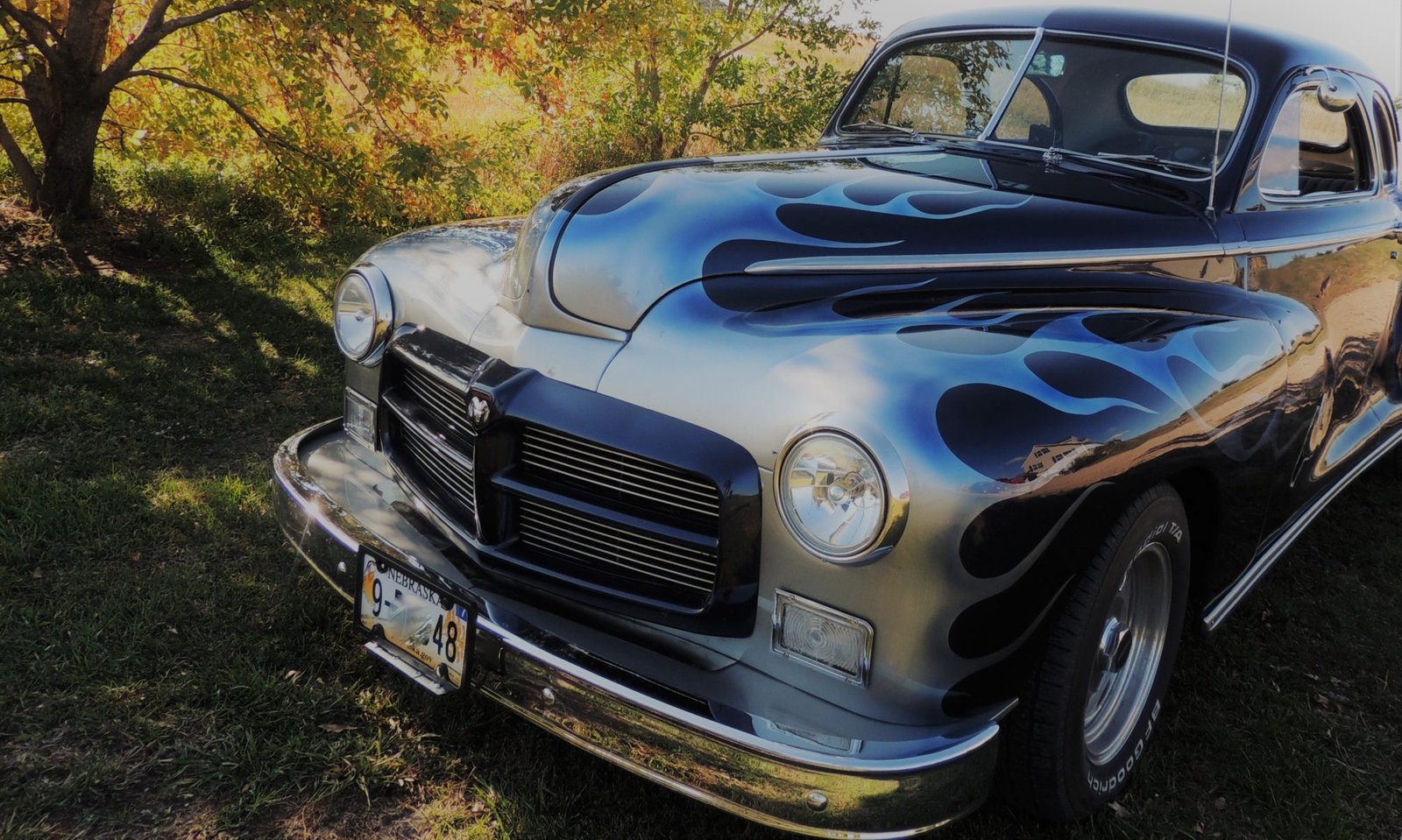
In the early days of the automobile industry, it must have been difficult to keep track of the many car and truck brands appearing and disappearing at a rapid rate. Two of these makes are pictured in the above 1914 newspaper photo that was captioned as follows: “Linz & Sanborn Company’s economical way of delivering a Marathon car and a Sampson truck to one customer.” Unfortunately for that customer, one of these companies was already defunct, and the other would not be around much longer.
The four-cylinder Marathon automobile was produced from 1908 to 1914 in first Jackson, and then Nashville, Tennessee, and it was the first car manufactured entirely in the south. According to the Tennessee State Museum, the cars were first called Southerns, but the name had to be changed due to the existence of another automobile by that name. The name Marathon was chosen because anything related to ancient Greece was very in vogue at the time. The company went bankrupt shortly after the above photo was published and was purchased by Herff-Brooks of Indiana.

The Sampson truck, frequently misspelled as “Samson” in the early newspapers, was built by the Alden Sampson Manufacturing Company in Pittsfield, Massachusetts. In 1911, it was purchased by the United States Motor Company, a conglomerate Benjamin Briscoe put together in an attempt to emulate General Motors. This 1911 advertisement refers to the Alden Sampson Manufacturing Company as the “truck division” of United States Motor Company.

The fine print near the bottom of the page explains that the 1,000-pound capacity truck pictured was the smallest Sampson available, and that Sampson also had trucks available in 1-ton, 2-ton, 3-ton, 4-ton, 5-ton, and Motor Train 20-ton capacity. Along with Sampson, other brands under the United States Motor umbrella included Maxwell-Briscoe, Columbia, Stoddard-Dayton, and Brush. The United States Motor Co. failed in 1912, and the Sampson ended with it. Jonathan Maxwell purchased the assets and formed the Maxwell Motor Company, which eventually became Chrysler.
General Motors produced a “Samson” truck, this time spelled without the “p,” a few years later. The production of that truck stemmed from GM’s 1917 purchase of the Samson Sieve-Grip Tractor Company of Stockton, California, all part of William Durant’s bid to compete with Henry Ford’s success in the manufacturing of farm equipment.

After purchasing the tractor company, GM expanded the Samson line to include a truck as seen in this 1921 advertisement for “The Samson Truck – a General Motors Product.”

This truck did not last long either, however, with the entire Samson division closing in 1923. The 1920 Samson pictured below sits at Pioneer Village in Minden, Nebraska, a place where you can find many rare and wonderful examples of cars and trucks from the earliest days of the American automobile industry.













































